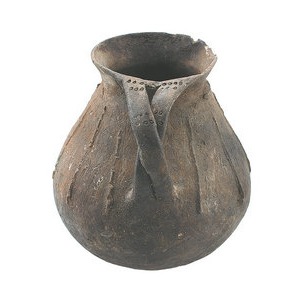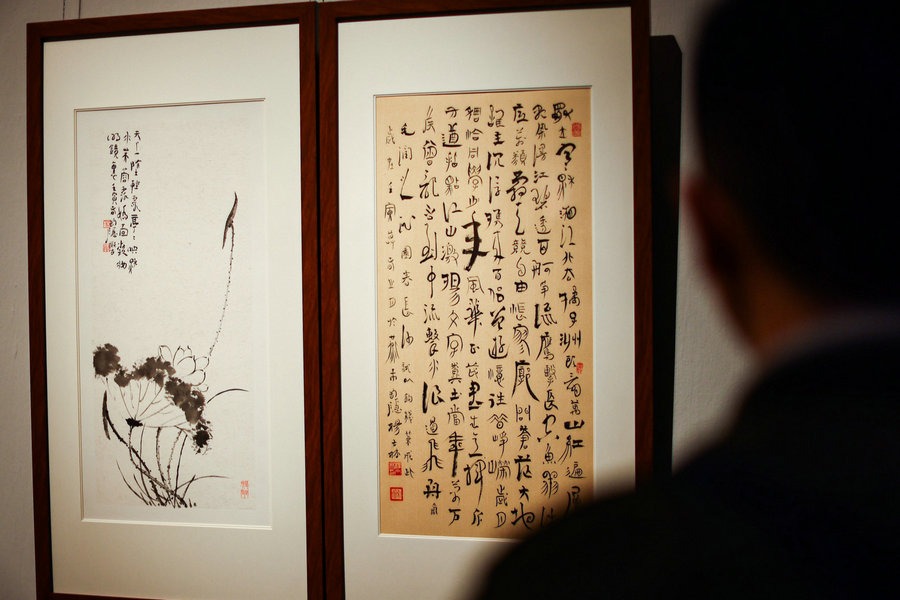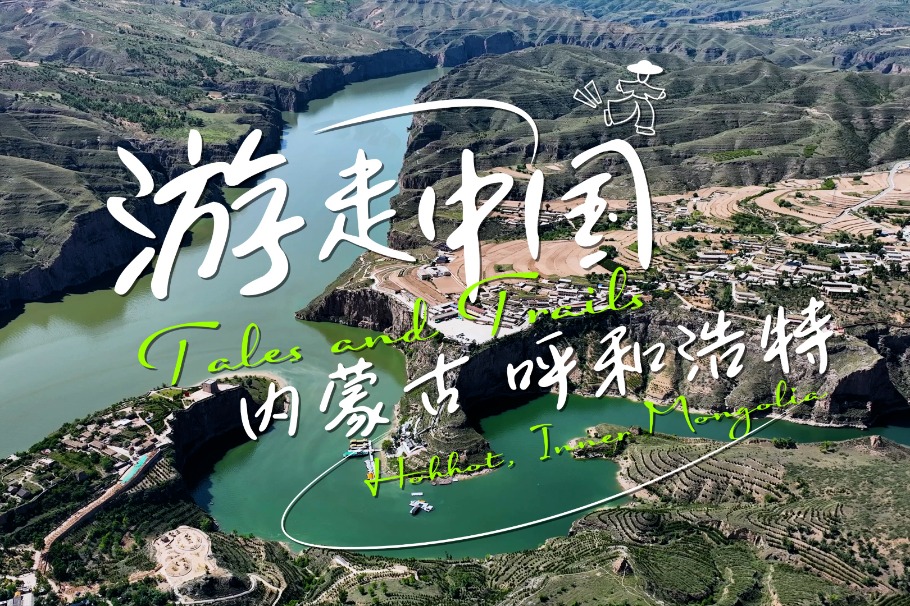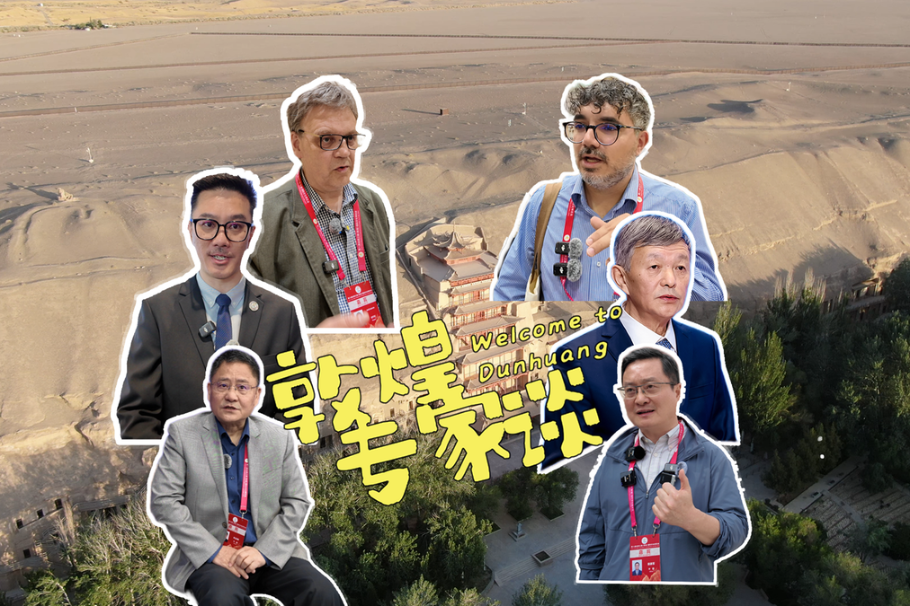High-altitude site offers up intriguing insights
Fish diet of humans thousands of years ago fascinates scientists, Palden Nyima and Daqiong report in Shigatse, Xizang.

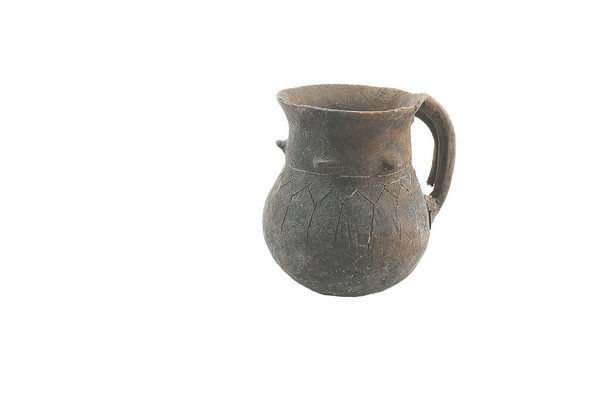
Remarkable journey
Following the discovery, the second comprehensive scientific expedition to the Qinghai-Tibet Plateau took place in 2019, led by the Institute of Tibetan Plateau Research under the Chinese Academy of Sciences.
"When the multidisciplinary team was conducting a lake survey, researchers found pottery fragments and animal bones at the site," says Shargan Wangdue.
He says that based on the topography, landform and the distribution of the remains, the site can be divided into three areas, mainly spread across the southern, southeastern and northwestern shore of the lake.
The journey from discovery to excavation has been fraught with challenges and triumphs. After recognizing the significance of the site based on their initial findings, archaeologists worked on the application for a national excavation license, which they received in 2020.
From 2020 to 2024, the Institute for Cultural Relic Conservation of Xizang Autonomous Region conducted field excavations at the site for five years, in collaboration with Lanzhou University, the Qinghai-Tibet Plateau Institute of the Chinese Academy of Sciences, Peking University and the Archaeological Research Center of the National Cultural Heritage Administration.
"After conducting scientific analysis, such as radiocarbon dating, the pottery dated between 3,800 and 4,000 years old," Shargan Wangdue says.
As of now, the archaeological excavation area covers 1,650 square meters, with over 60 tombs unearthed, as well as more than 40 ash pits, pillar holes, hearths, stone structures and other remains.
The site has a distribution area of more than 224,000 sq m. An area of about 1,650 sq m has been excavated, roughly 1 percent of the total area, the Institute for Cultural Relic Conservation of Xizang Autonomous Region says.
"Our dedicated work over five years culminated in the site being named as one of the country's top 10 archaeological discoveries in 2024," Shargan Wangdue says proudly.


